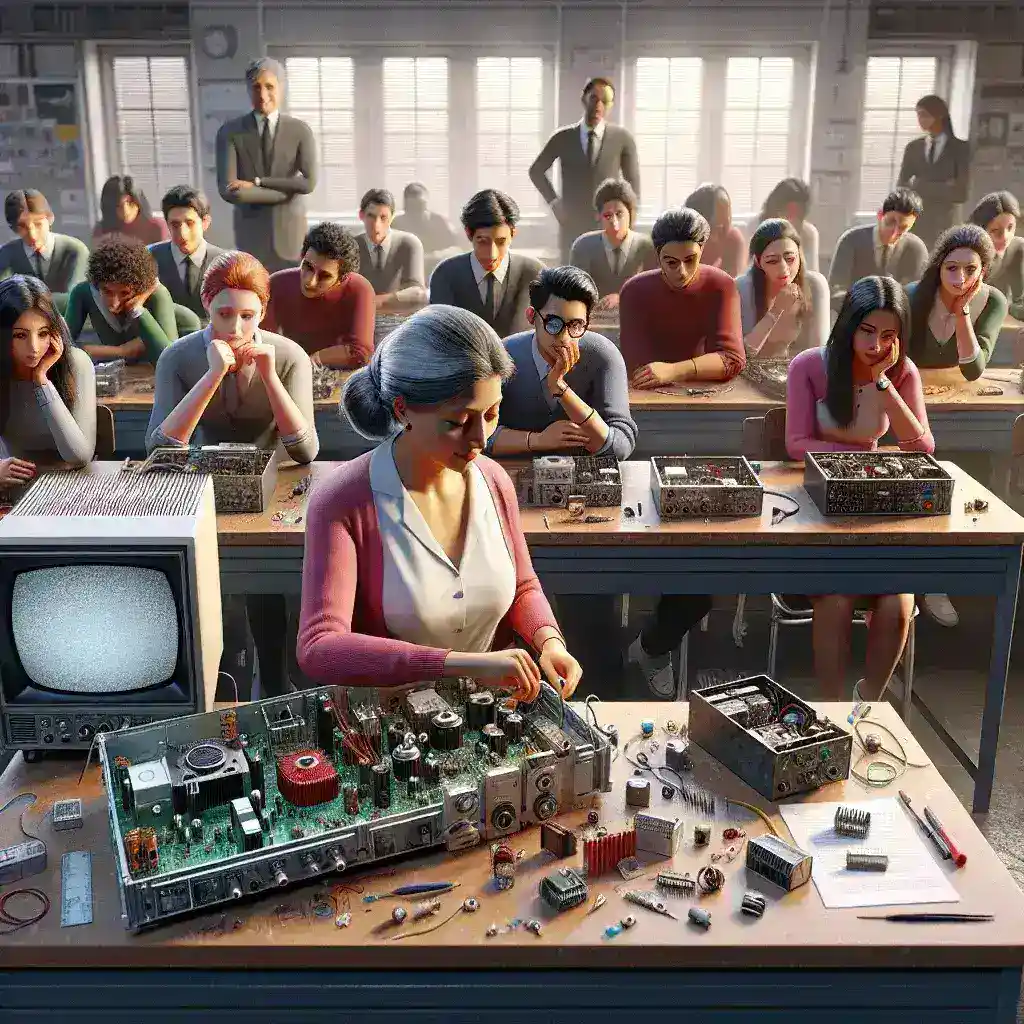
Are CRTs still relevant in electronics education?
The Cathode Ray Tube (CRT) is a technology that has been prominent in various electronics applications for nearly a century. While modern devices increasingly rely on advanced digital displays, CRTs still hold a unique place in electronics education. This article explores the continued relevance of CRTs in today’s educational landscape, examining their educational benefits and the reasons for their persistent use.
History and Functionality of CRTs
The CRT is an electronic display device that functions by emitting electrons onto a phosphorescent screen, thereby producing visual images. Invented in the late 19th century, CRTs were widely used in oscilloscopes, television sets, and computer monitors during the 20th century.
Basic Components
- Electron Gun
- Phosphorescent Screen
- Deflection System
- Glass Enclosure
| Component | Description |
|---|---|
| Electron Gun | Emits electrons towards the screen |
| Phosphorescent Screen | Displays the image |
| Deflection System | Controls the direction of the electron beam |
| Glass Enclosure | Maintains the vacuum and protects internal components |
Educational Benefits of CRTs
Despite the proliferation of modern digital displays, CRTs offer several educational advantages:
1. Fundamental Electronics Principles
CRTs provide a hands-on way to understand fundamental electronics principles, such as
- Electron Behavior: CRTs illustrate the behavior of electrons in a vacuum.
- Voltage and Deflection: Students can examine how voltage affects the deflection of an electron beam.
2. Visualization of Analog Signals
Many advanced topics in electronics, such as analog signal processing, are visualized more effectively using oscilloscopes with CRT displays. This hands-on experience is crucial for grasping the nuances of signal waveforms.
3. Cost-Effective Learning Tools
CRTs and CRT-based devices are often less expensive than their modern LCD counterparts, making them cost-effective learning tools for educational institutions with limited budgets.
4. Durability and Robustness
CRTs are known for their durability, which makes them suitable for repetitive educational exercises and long-term use in laboratory settings.
Challenges and Limitations
While CRTs have educational benefits, they come with certain challenges:
- Size and Weight: CRTs are bulkier and heavier, demanding significant space and careful handling.
- Energy Consumption: CRTs consume more power compared to modern display technologies, which can be a concern for energy-conscious institutions.
Modern Alternatives
Although CRTs have unique educational value, they are increasingly being complemented or replaced by modern educational tools such as:
- LCD and LED Displays
- Interactive Digital Oscilloscopes
- Simulation Software
Advancements in Simulation Software
Simulation software allows students to model and visualize electronic principles without the need for physical CRTs, offering flexibility and convenience. These tools can provide a similar educational experience with the added benefits of interactivity and ease of use.
Conclusion
The relevance of CRTs in electronics education continues in a specialized role, particularly in teaching fundamental electronics principles and analog signal visualization. Despite the advent of modern technologies, CRTs’ cost-effectiveness, durability, and educational value make them a significant asset in many educational settings. While the shift towards more advanced and energy-efficient technologies is inevitable, CRTs are likely to remain relevant for their unique educational benefits.
